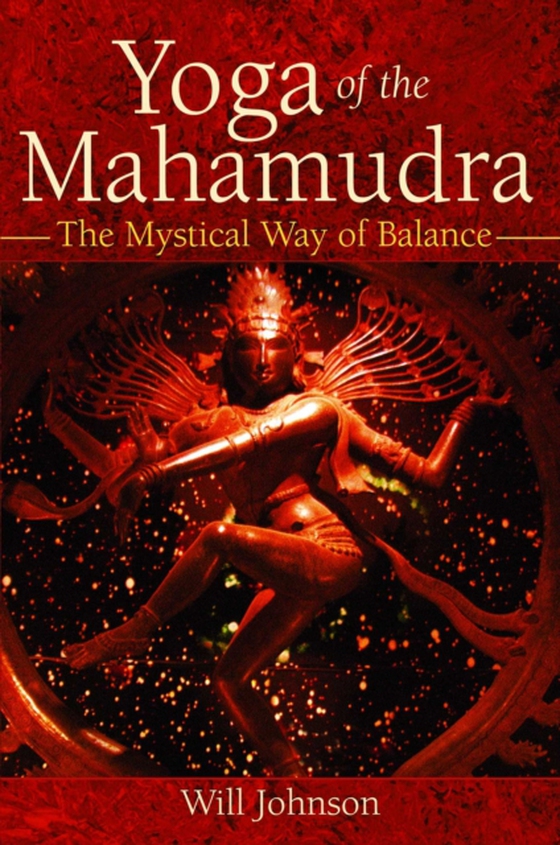
Yoga of the Mahamudra e-bog
104,96 DKK
(inkl. moms 131,20 DKK)
Presents three simple yogic principles from Tilopa's Song of Mahamudra*; Explains how balance is the key to achieving higher consciousness*; Includes somatic koansMahamudra, literally "e;the great gesture,"e; is often looked upon as the highest manifestation of consciousness known within the Tibetan Vajrayana tradition. In Yoga of the Mahamudra, Will Johnson explains how it is possible ...
E-bog
104,96 DKK
Forlag
Inner Traditions
Udgivet
23 juni 2005
Længde
160 sider
Genrer
East Asian and Indian philosophy
Sprog
English
Format
epub
Beskyttelse
LCP
ISBN
9781594776250
Presents three simple yogic principles from Tilopa's Song of Mahamudra*; Explains how balance is the key to achieving higher consciousness*; Includes somatic koansMahamudra, literally "e;the great gesture,"e; is often looked upon as the highest manifestation of consciousness known within the Tibetan Vajrayana tradition. In Yoga of the Mahamudra, Will Johnson explains how it is possible to bring forth the condition of mahamudra naturally by utilizing the mystical yoga of balance to create what he calls the embodied cross. He presents three simple yogic principles from Tilopa's Song of Mahamudra. The first principle, "e;do nothing with the body but relax,"e; forms the vertical axis of the embodied cross. It is an internal process that focuses on the upright structure of the body, which opens up our relationship to the divine source. The second principle, "e;Let the mind cling to nothing,"e; allows the horizontal flow of energy to our mind. This horizontal axis represents our relationship to the world: what we see and hear, and what our mind does with the objects we perceive. The establishment of these vertical and horizontal flows of energy allows us to embody the third principle, "e;to become like a hollow bamboo."e; In this way the body and mind become extraordinarily fluid, surrendering to the currents of the life forces that constantly flow through them like air through a flute. The author concludes with a number of somatic koans, exercises that allow the direct experience of balance and lead to the creation of the embodied cross.
 Dansk
Dansk

